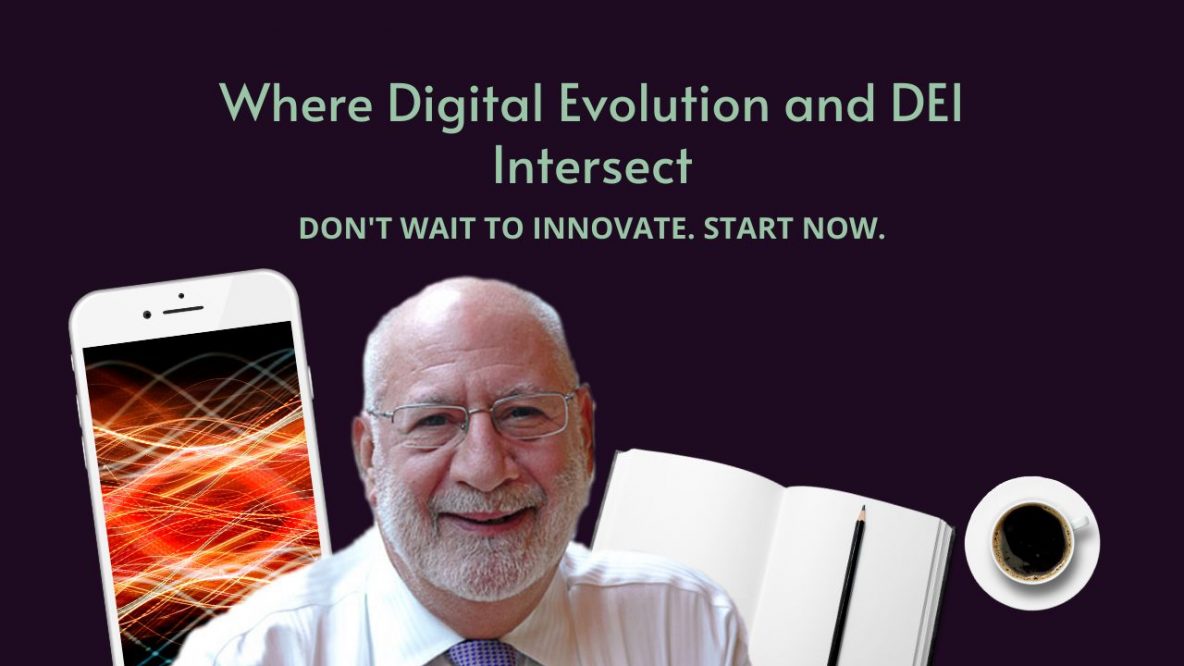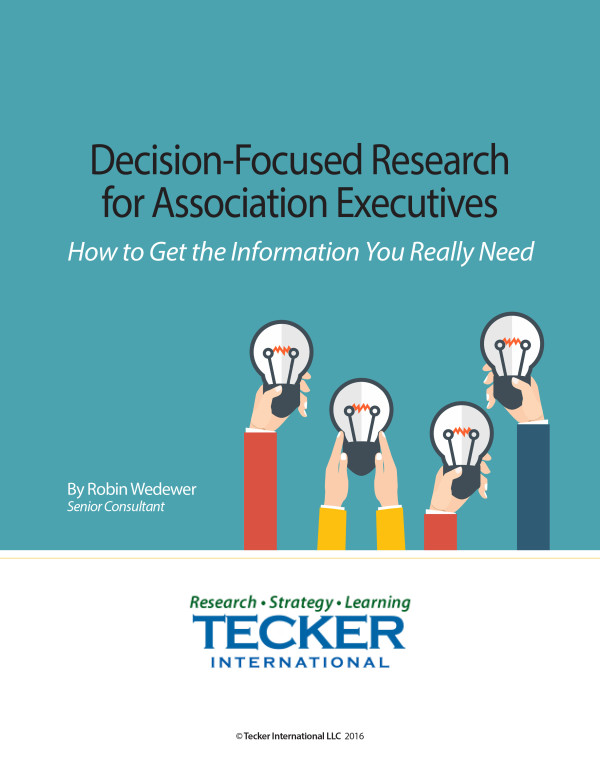Question: Is it possible that our digital evolution is exactly where it needs to be to help us with our most important DEI needs?
In this time of great social and technological change, it can seem like we are all falling behind no matter what we do.
Both for-profit companies and nonprofit associations are facing the same challenges. They make the same mistakes and often miss the same opportunities, even in well-intentioned diversity, equity, and inclusion (DEI) initiatives.
The good news? Technology can be an enabler of greater diversity and inclusion!
The bad news? It’s not as simple as adopting the technology. You must still do the work.
Here’s the deal…the work in question requires a new approach.
Shaky Ground
If justice, equity, diversity, and inclusion are really your organization’s priorities, (and aren’t they?) you must find new ways to engage larger numbers of perspectives in decision-making than the size of a functional Board or traditional committee allows.
This is where one can enter into dangerous waters as you must purposefully and proactively avoid the false assumption that one person from a particular demographic believes and behaves the same as all folks in that demographic!
Not so easy, is it? (Check out author David Allison’s phenomenal recent video illustrating the dangers of demographic-based decision making.)
While you’re at it, you also need to keep in mind that systemic change requires institutionalized processes that are maintained over time (and that one-off events or campaigns do not sustain change).
But that’s not all…
Justice, equity, diversity, and inclusion are not the same.
Each ideal requires changes in structure, process, and culture. And each of these may need different solutions all unfolding simultaneously.
Other questions:
- How can you identify ways to appreciate and value ideas and opinions that are free from bias about the source or style of the contribution?
- How will you find a way to enable engagement from different time zones, different thinking styles, and different physical conditions?
These challenges are complex and not easily solved the same way in every organization. But we are seeing (and already using) some significant innovations in the decision and work systems of both companies and associations.
Technology solutions involving dialogue and decision-making platforms can extend reach, objectivity, and access to participation.
Some tech platforms provide for synchronous and asynchronous engagement that creates an affordable continuous process for informed decision-making instead of isolated sporadic episodes of conversation.
Like most issues in voluntary organizations, participation is sustained when the issues being examined are meaningful to those being asked to address them.
Here are some other benefits of this technological helping hand:
- Documentation of the deliberations are maintained in one accessible location.
- AI assists in curating the ideas assembled based on substance, not source.
- This technology extends equal voice to all interested in being heard and not just “the wisdom of the crowd.”
Because the conversation is facilitated but not constrained by time, it can be guided to probe deeper or wider as the issue requires.
Members of associations are becoming increasingly familiar and comfortable with these technologies in their workplaces. It is not unreasonable to believe that in a relatively short time, they will expect the same of their associations.
We are already experiencing dedicated participation by a significant majority of volunteers in our work using technology this way. It is a better way to do what we are trying to do. Why stand in the way of progress?
Thinking about testing this concept out?
This is a great time to innovate.
One way to start is to educate yourself. Find out how others are embracing these new approaches. Ask yourself if your commitment to DEI in your work with leadership is more than lip service. Look at how technology might open up new doors.
You can also learn more about how we are doing some of this work for Boards here at TI.
(If you want to talk about this more, be sure to reach out and contact us for a discussion. We’re happy to share our knowledge.)
Our advice is don’t wait. Start now.
“The best time to plant a tree is twenty years ago. The second best time is now.” – Chinese proverb
Make hay. Move while the need is high and most see bumps in the road as opportunities for improvement rather than failures.


